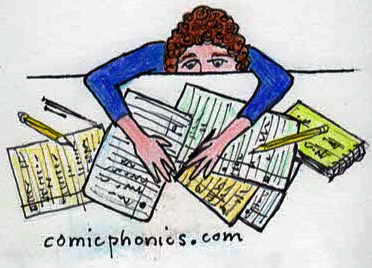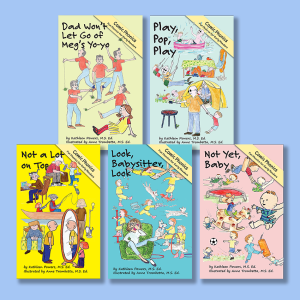What’s wrong with these sentences?
- The rocket exploded shortly after takeoff.
- Without warning, the town’s tornado siren blared.
- A mosquito suddenly bit my arm.
Grammatically, all three are correct sentences. Spelling, punctuation—both are okay. Clarity? No problem. So what is wrong?
 All three put the cart before the horse.
All three put the cart before the horse.
Suppose you are an onlooker at the rocket launch. Which do you see first? Does the rocket explode first or does the rocket take off first? It takes off first, right? So that information should come first in the sentence, in chronological order.
Suppose you are in town when the tornado siren blares. Which are you aware of first? That a tornado is coming without warning, or that a tornado siren blares? The blaring of the warning system, right? So it should precede that it happened without warning.
Suppose you see a mosquito bite my arm. If you saw the mosquito fly over my arm and then move on without biting, would you use the word “suddenly”? No. It’s because the bite is unexpected that we use the word “suddenly.” “Suddenly” should come at the end of the sentence—or maybe not at all.
Is “At first, I saw nothing” an okay sentence? For technical reasons, yes. But would you use words like “at first” if nothing happens? Shouldn’t what happens—or in this case what doesn’t happen—come first in the sentence? When you say “at first,” you are alerting the reader that something else will happen, and probably it will be better or worse than what happens first.
Try to put yourself in the shoes of the character you are writing about. Write about events in the same order that the character experiences them without clues to the outcomes. Let the reader find out what happens in the same chronological order as the character in the writing.









